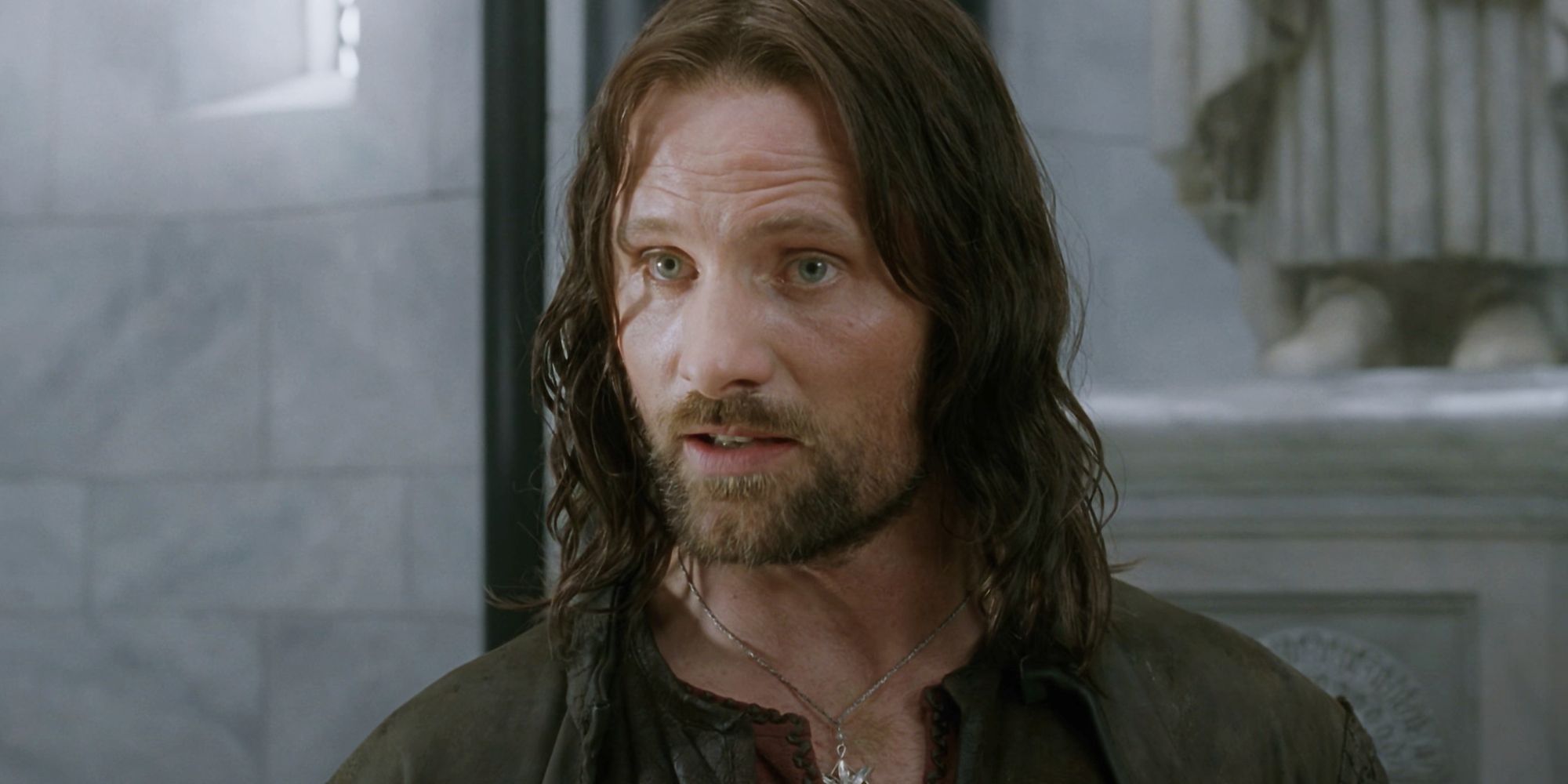
In 1967, writers from the Daily Telegraph Magazine interviewed J.R.R. Tolkien and sent him a draft of their article to review. Tolkien responded with some corrections, which offered interesting details about his ideas regarding The Lord of the Rings. The writers had incorrectly noted that Tolkien considered the confrontation between Gandalf and Saruman after the Battle of Helm’s Deep to be his favorite scene. He had actually only used it as an example of a scene that was enhanced by feedback from C.S. Lewis. Tolkien used this as a chance to reveal which scenes he genuinely preferred.
Tolkien often revisited certain parts of his writing, finding deep meaning in them even years later – almost as if someone else had written them. He specifically mentioned the passage (I 365-7) and the scene with the Rohirrim’s horns at dawn as particularly moving, a sentiment he expressed in a letter the previous year, describing them as “powerfully” affecting. Interestingly, these aren’t the moments most fans would immediately associate with The Lord of the Rings – one wasn’t even included in Peter Jackson’s films – but they clearly held a special place in Tolkien’s heart and revealed what he most valued in his created world.
J. R. R. Tolkien Felt a Personal Connection to Aragorn and Arwen’s Romance
One of Tolkien’s most cherished passages was the ending of the “Lothlórien” chapter in The Fellowship of the Ring. It describes the moment just before the Fellowship reaches the city of Caras Galadhon. Frodo sees Aragorn standing at the base of a hill, holding a yellow flower and quietly speaking in Elvish. Aragorn’s eyes shone with a youthful joy, as if he were lost in a happy memory. Unbeknownst to Frodo, this hill, called Cerin Amroth, held a special significance: it was where Aragorn had experienced a poignant moment 39 years earlier. When Frodo came closer, Aragorn snapped out of his reverie and said, “This is the heart of the Elves on Earth, and my heart will always remain here, unless a brighter future awaits us beyond the difficult path ahead.” Tolkien notes that Aragorn never visited Cerin Amroth again for the rest of his life.
Even though Aragorn appeared cheerful when speaking to Frodo, his words revealed a deep sadness. He longed to be with Arwen, the woman he loved, but felt he had to focus on his responsibilities to the Fellowship and his people. Leaving the place where he and Arwen had shared special moments was particularly painful for him. Tolkien was clearly moved by this aspect of the story and felt a strong personal connection to Aragorn and Arwen’s romance. While this specific scene wasn’t included in Peter Jackson’s The Fellowship of the Ring film, Aragorn often thought about Arwen throughout the entire movie trilogy. Jackson even showed them communicating through dreams, giving Arwen a more significant role in the films than she had in the original book.
The Battle of the Pelennor Fields Was the Culmination of Gondor and Rohan’s Stories
One of Tolkien’s most cherished scenes takes place at the end of the chapter “The Siege of Gondor” in The Return of the King. The defenders of Minas Tirith were facing almost certain defeat, overwhelmed by the massive army of the Dark Lord Sauron and with the city’s main gate broken. The Witch-king of Angmar was the first enemy to enter, where he met Gandalf the White in combat. Just as the Witch-king prepared to strike, a rooster’s loud and clear crow announced the arrival of dawn. This signaled a renewed hope for Gondor, and literally brought help with the rising sun: distant horns began to sound, announcing the arrival of reinforcements from Rohan. “Horns, horns, horns… Rohan had come at last.”
The story moved into the chapter called “The Ride of the Rohirrim,” where King Théoden, Éomer, Éowyn disguised as a man, and the Rohirrim cavalry heroically rode to help Gondor. Their surprise attack from behind broke the siege of Minas Tirith and began the Battle of the Pelennor Fields. While the film adaptation, The Lord of the Rings: The Return of the King, left out a specific detail – the sound of a rooster – the rest of the scene was remarkably true to the book and became one of the film’s most memorable moments. The image of the Rohirrim charging over the hills towards the rising sun was stunning. This scene, along with another quiet, romantic moment, showcased Tolkien’s skill at writing both intimate scenes and large-scale battles. Peter Jackson successfully brought Tolkien’s vision to life on film, even if he didn’t include every detail exactly as the author intended.
Read More
- One of Razer’s top gaming headsets — now over 40% off on Amazon
- Square Enix Invests in Nuuvem to Launch spawnd, a New Browser-Native Game Discovery Platform
- I’ve Been Rewatching The Twilight Movies (Again), And Bella Should Have Become A Vampire Way Sooner
- Demon Slayer: Infinity Castle Is Taking Over the World & Anime Is Getting Harder to Deny
- Every Original Avenger, Ranked By Their MCU Costumes (#2 Is Actually the Best)
- Resident Evil Requiem Won’t Receive New Details in Capcom’s TGS 2025 Special Program
- Kelly Osbourne Shared Last Video With Ozzy Osbourne Days Before Death
- BTC PREDICTION. BTC cryptocurrency
- 10 Children of DC Superheroes
- Transformers Officially Kick Off New Era With Anticipated Robert Kirkman Collaboration
2025-11-11 17:10